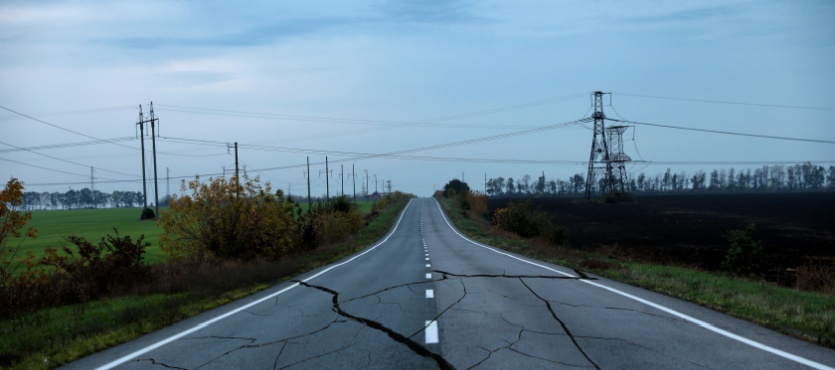When it comes to driving, some parts of the country are more dangerous than others. For example, Florida is rated as one of the most dangerous states for teen drivers, ranking at #5. One of the main issues is that Florida does not ban cell phone use for teens, despite the fact that distracted driving is a huge problem in the state. Distracted drivers may be texting, talking on the phone, eating, or engaging in other activities that can pose hazards to themselves and others.
Contributing to this is the fact that Florida is densely populated. At more than 22 million people, it is the third most populous state in the nation. There are approximately 8 million cars on Florida’s roadways, which means there are a lot of opportunities for accidents.
Speeding is another issue that is prevalent in the Sunshine State. Those who are exceeding the speed limit do not have enough time to react to road hazards. Road hazards can cause serious car accidents, property damage, injuries, and even death. Here is a look at some common road hazards in Florida and what you can do to avoid them:
Common Types of Road Hazards
Road hazards can vary widely depending on factors such as location and weather conditions. Here are some common types of road hazards:
- Potholes. These are depressions in the road surface, often caused by weathering and traffic. They can damage vehicles and cause accidents, especially if they’re large and deep.
- Debris. Tree branches, rocks, or objects fallen from vehicles can accumulate on roads, posing a hazard to drivers, especially at high speeds.
- Uneven pavement. Sections of road with uneven surfaces can affect vehicle stability and control, particularly for motorcycles.
- Wet or slippery roads. Rain, snow, ice, or oil spills can make roads slippery, reducing traction and increasing the risk of skidding or hydroplaning.
- Flooding. Heavy rain or overflowing rivers can cause roads to flood, making them impassable and dangerous.
- Poor visibility. Fog, smoke, heavy rain, or nighttime conditions can reduce visibility, making it difficult for drivers to see hazards and react in time.
- Wildlife. Animals crossing roads can surprise drivers and cause accidents, especially in rural areas.
- Construction zones. Work zones often have reduced lanes, lane shifts, uneven surfaces, and workers and equipment near the roadway, requiring drivers to be extra cautious.
- Pedestrians and bicyclists. People walking or biking near or on roads may not always be visible or follow traffic rules, posing risks to themselves and drivers.
- Tire blowouts. Sudden tire failures can occur due to factors like overinflation, underinflation, or road debris, leading to loss of control.
- Roadside barriers and guardrails. While designed to improve safety, guardrails and other barriers can become hazards if damaged or improperly installed.
- Weather conditions. Strong winds, especially in open areas, can affect vehicle stability and control. Also, intense sunlight can create glare, which can impair visibility and make it harder to see the roadway.
How to Avoid Road Hazards
By staying safe, you can avoid the dangers of the roadways. Here are some things you can do:
- Stay alert. Pay close attention to the road and your surroundings. Avoid distractions that can take your eyes off the road.
- Obey speed limits. Driving at a safe speed gives you more time to react to hazards. Adjust your speed based on road conditions.
- Maintain a safe following distance. Keep a safe distance between your vehicle and the one in front of you. The standard rule is three seconds of distance. This gives you time to react if the vehicle ahead suddenly stops.
- Scan the road ahead. Look ahead for any potential hazards such as potholes, debris, or animals crossing the road. This will help you react in time to avoid them.
- Use your mirrors. Regularly check your rearview and side mirrors to be aware of vehicles around you. This helps you anticipate lane changes, merges, and other potential hazards.
- Be cautious at intersections. Intersections are common places for accidents. Look both ways before proceeding, even if you have the right of way.
- Watch for pedestrians and bicyclists. Be especially vigilant in areas where pedestrians or bicyclists are present, such as crosswalks, school zones, and bike lanes.
- Adapt to road conditions. Adjust your driving behavior based on weather conditions such as rain, snow, or fog. Reduce your speed and increase your following distance to maintain control of your vehicle.
- Avoid driving under the influence. Never drive under the influence of alcohol, drugs, or medications that impair your ability to drive safely. Impaired driving significantly increases the risk of accidents.
Contact Us Today
Driving in Florida is not always an easy task. Road conditions and the actions of other drivers can lead to hazards and even accidents.
In an accident? Get the help you need from the team at Brill & Rinaldi, The Law Firm. Florida is a no-fault state when it comes to car accidents, which means you will need to deal with your insurance company. We can help. To schedule a free consultation, call (954) 876-4344 or fill out the online form. We have offices in Weston, Coral Gables, and Daytona Beach.

